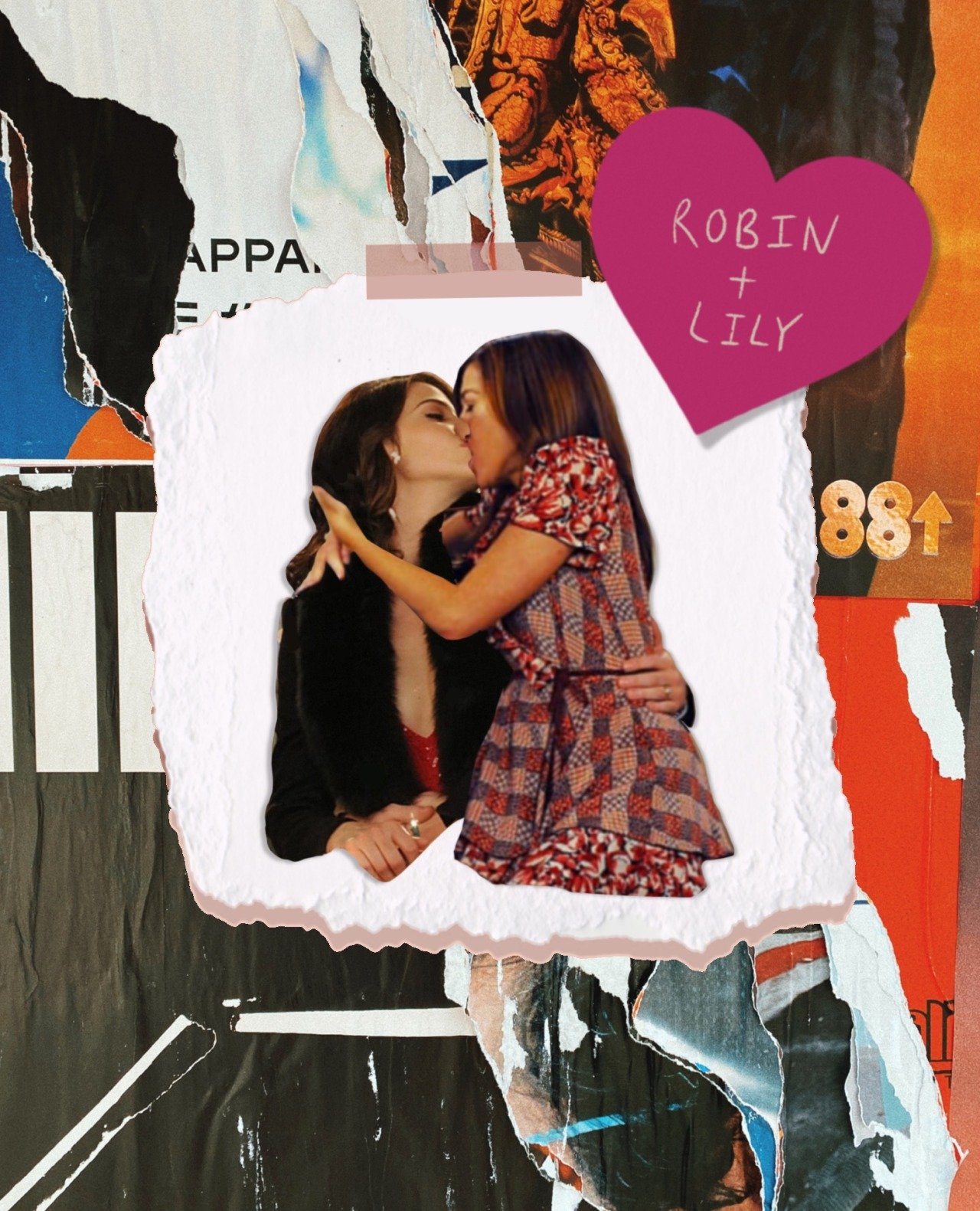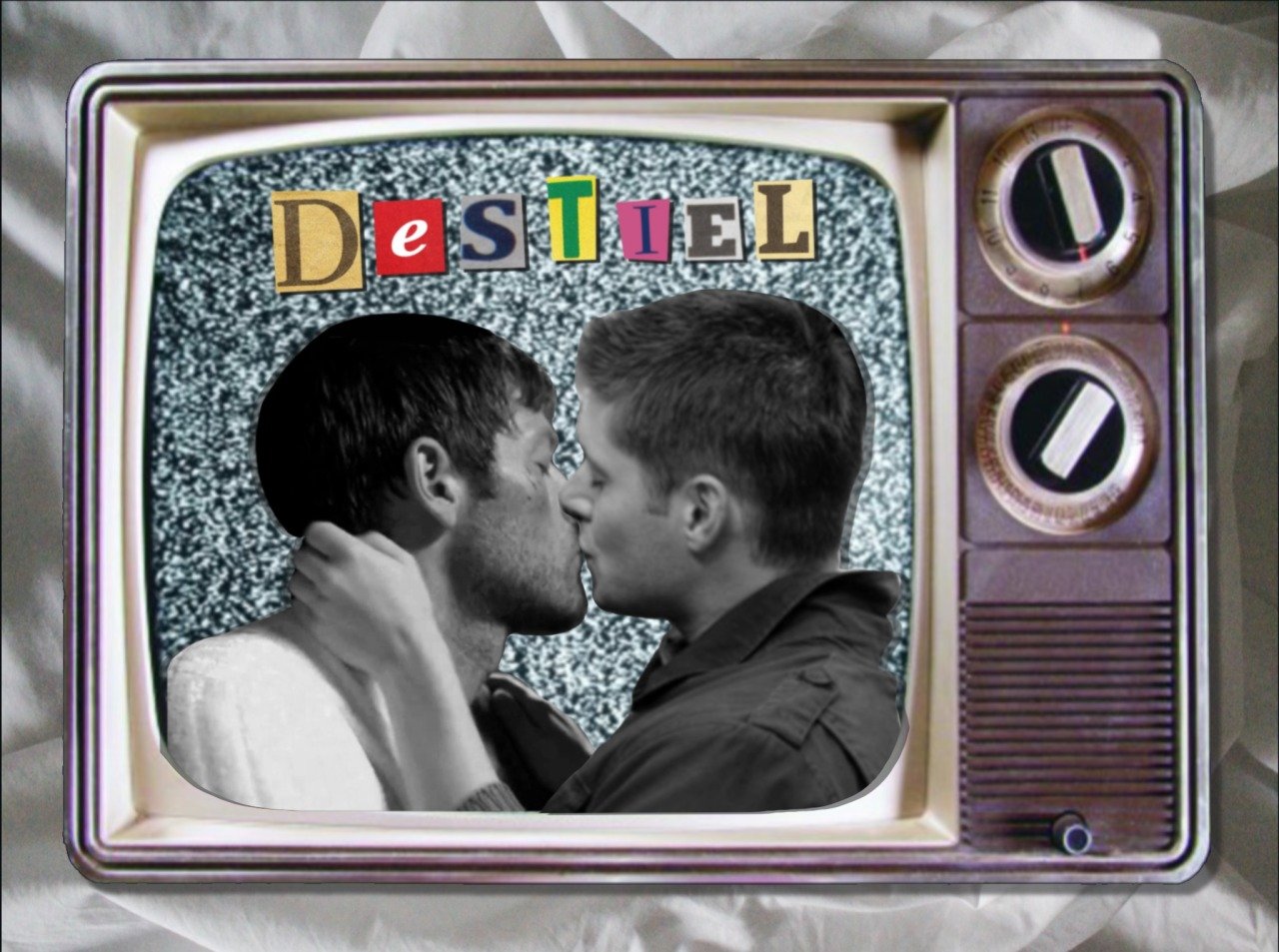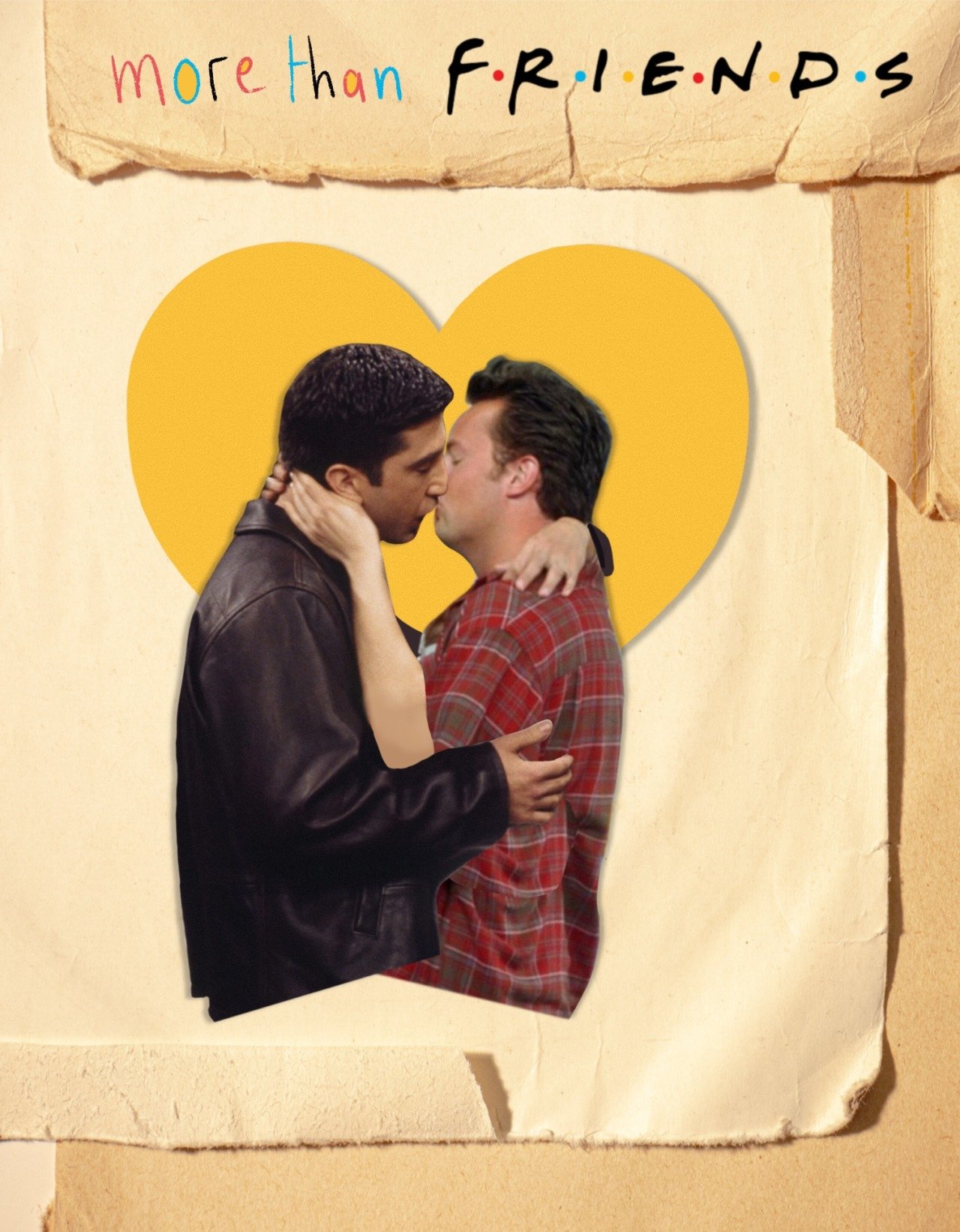Shipping It: writing and righting queer tv history
The project website can be accessed here.
In Henry Jenkins’ piece on Star Trek: Rerun, Reread, Rewritten, he states: “fans are not empowered by mass culture, fans are empowered over mass culture.” With the rise of media convergence between television and digital platforms of exchange, “spectator culture” has recently become synonymous with “participatory culture.” For this project, I wanted to take an active participatory role in my own TV viewing experience, especially as someone who has mostly lurked on TV fan platforms my whole life without ever actively producing my own content for them. One of the ways in which my TV viewing experiences have often let me down is in their understanding and expansion of “queer represation” on screen. In this project, I wanted to actively queer some of my televised past by creating images that depict moments of explicit queer affection between famous TV characters. As opposed to Jenkins’ exploration of the homoerotic subtext read into the relationship between Spock and Kirk on the original Star Trek series, the shows I am taking on in this project have all actively stepped on or tiptoed around the question of queerness in inedadequate ways. I have separated these shows into 3 distinct categories: those that use subtle implications of queer affection between their characters to queerbait their audiences, those that actively promote a negative discourse surrounding the idea of queerness, and those that have “buried their gays” by killing off explicitely queer characters. These categories generally represent the ways in which writers and showrunners have failed their queer audiences since the early days of television, and I want to try to rewrite some of these romantic narratives in a way that reflects the queer fan engagement I have been reading online for years. Whether through a kiss, a meaningful look, or even a wedding, I wanted to create a visual reference for the ways in which some of these beloved TV characters could exist within queer relationships on screen in the same ways that fan bases allow them to exist online.
I chose collage for this project because it is one of the few mediums that shows the wear and tear of its physical manipulation. Collage relies on already existing materials being ripped out of one context and placed into another. I was inspired by Marshall McLuhan’s use of photography and illustration in his works, in order to convey my own sense of “the medium is the message”. I also felt that this kind of manipulation captured the essence of this project specifically when considering Mark Andrejevic’s idea of audience labor being such a strong component of online fan involvement in the television production process. These collages show my own act of labor in cutting up and rearranging the romantic narratives that I grew up with in order to reconstruct them “in my own image” as Jenkins might say. There is relief in rewriting, and there is catharsis in tearing up the past.



